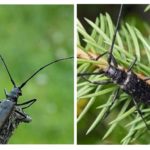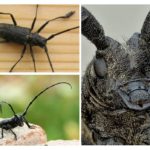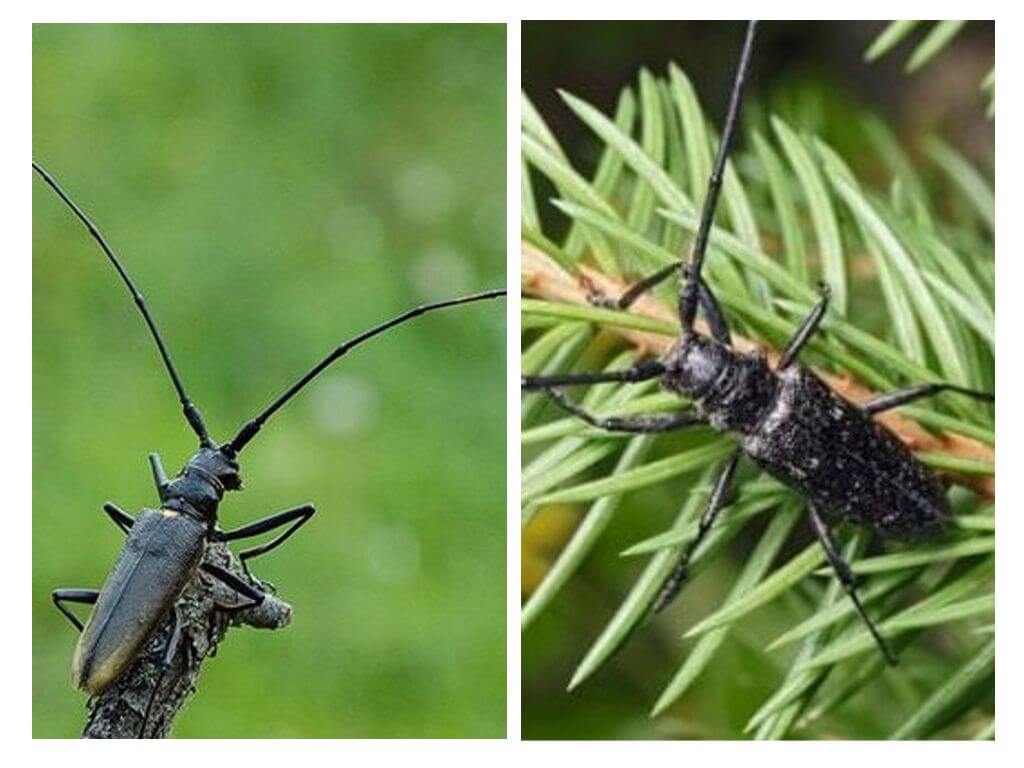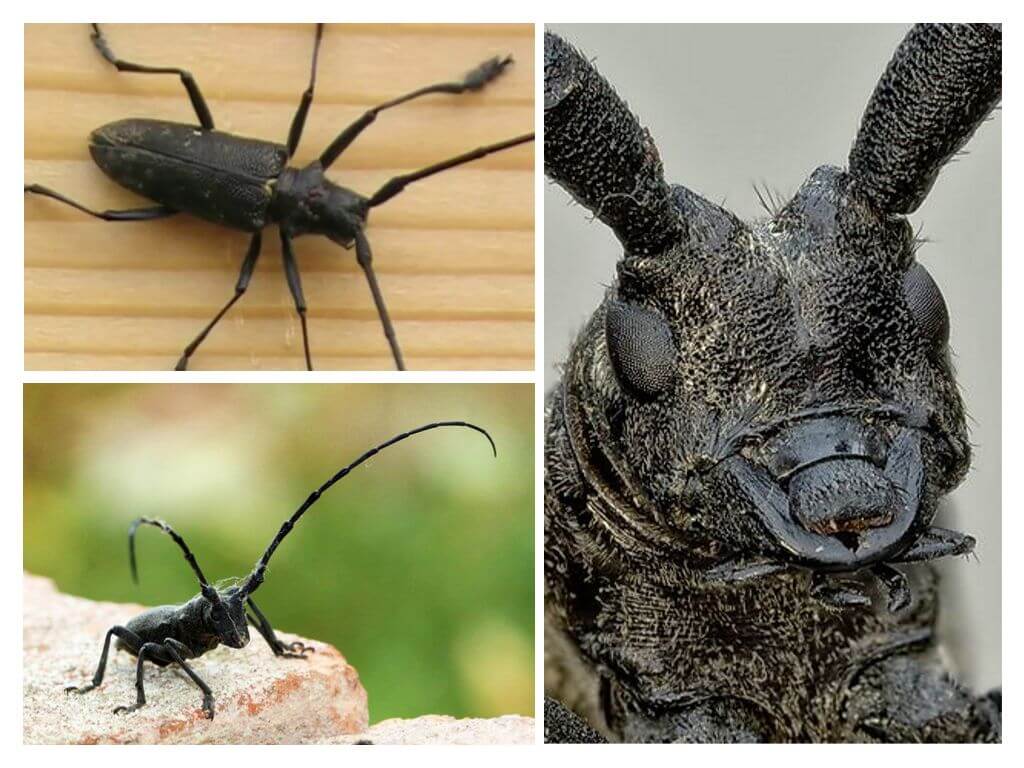Large and small black spruce barbel
Content
- Spruce barbel
- Large and small spruce barbel
The barbel beetles belong to one of the most diverse families, a characteristic feature of whose representatives are whiskers: their length can be several times larger than the size of the insect itself. Often barbel beetles also called woodcutters. They are called so because of the fact that insects feed exclusively on wood, which causes irreparable harm to forest land and to man himself. So the most dangerous pests of forestry is a large black spruce barbel and a small black spruce barbel.
Where dwells
The favorite habitat of the large black spruce barb is spruce, quite often it can also be found on the fir. In connection with which this beetle has another name - the black fir barbel. Conifer lovers are adapted to the most diverse habitat conditions, giving preference to the most lighted areas of the forest.
On a note!
You can meet big and small spruce barbel in many European countries, they are in Russia.
Features of large barbel
Spruce barbel, found in the open spaces of our country, belong to the subfamily of scratches. A feature of these insects is the ability to reproduce squeaky sounds, which are obtained from friction of the chest elements.
The large black spruce barbel is an insect whose body size varies from 1.5 cm to 3.5 cm. In many ways, the length of a beetle depends on how well it ate in the larval stage. The conifer barbel has a black body with a glitter that has a greenish or brown tint. It is easy to distinguish the female from the male:
- The representatives of the stronger sex have noticeable lateral indentation on the elytra, covered with a large dotted line.The surface of the upper part of the elytra is covered with a thick, long pile.
- The females on the elytra have white or slightly yellow hairy spots. The flap is covered with yellow hair, but they have no longitudinal bare groove.
- Males and females can be distinguished by whiskers: in females they are much shorter and slightly larger than body size, in males they are longer than body length by more than 2 times.
Photos of spruce barbel can be seen below.
Features of the small black spruce barbel
The small black coniferous barbel has a slightly smaller body, the size of which does not exceed 2.4 cm. The males are owners of black long whiskers. In females they are whitish. On each side of the shield is one brilliant spike. In addition to them, the females on the shield have two small yellow spots. On dark cylindrical sheaths there are 3 transverse stripes, formed from small and rare spots in the male, but in the female individuals they are more pronounced.
Lifestyle and breeding beetles
The appearance of large barbel falls on May. The active way of life beetles begin to lead from the second half of June, gnawing young branches in the crowns of coniferous trees.With a large number of insects, this can significantly slow down the development of the tree. In this way, the pests prepare the territory for themselves. The settlement on a healthy tree, which, if damaged, will release resin, will result in the inevitable death of the larva. Therefore, a large black spruce barbel prefers not oshkurennym trunks, brought to the warehouse, or fallen trees.
Fertilized female baleen insects usually start laying eggs, usually at the beginning of summer, picking up the weakest trees for this purpose. With their mandibles, they gnaw through a hole in the bark, thus preparing a nutrient substrate for the future larva. In each such notch the female places no more than two eggs.
After hatching eggs from eggs, the larvae gnaw winding passages in the bark, trying to get closer to the wood. At this time-consuming process they take at least six months. With the arrival of spring, the matured larvae are fully embedded in the tree layer, gnawing in it long strokes. Periodically, the larva returns to the layer under the bark to clear the passages clogged with sawdust. She throws them through the gnawed holes out.In this way, these creatures protect their habitat from the appearance of fungal mold.
On a note!
By the presence of milled near the roots of sawdust, you can easily identify the infected tree.
The development process of the larva takes from 2 to 3 years depending on weather conditions. After that, in the spalene, which is specially built and covered with fine sawdust, the larva pupates. The black barbel formed in the pupa is chosen out through the hole gnawed by it.
At first, young beetles need additional food: they gnaw the bark from thin branches, which stops the development of the tree, and sometimes even leads to its death. A large number of insects can cause enormous damage, damaging entire spruce forests. The beetle also eats linden, maple, birch and aspen wood. This forces a person using different methods. get rid of pests.









